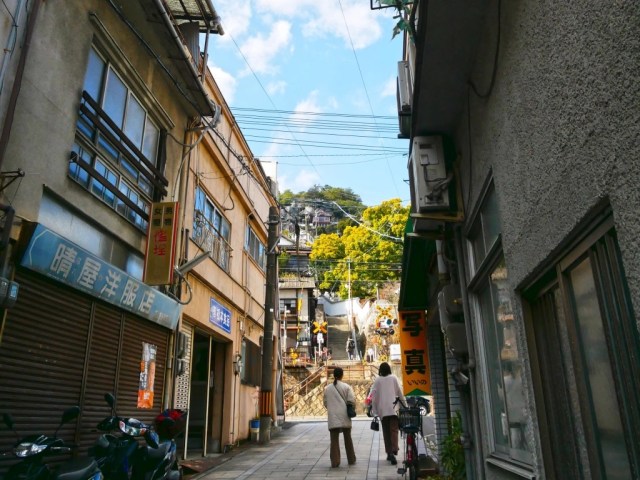
You may even recognize a few locations from pop culture.
Our Japanese-language reporter Marie Morimoto was recently given the opportunity to participate in a tour of Onomichi, a hilly and coastal city in Hiroshima Prefecture with a population of about 141,000 people.
It’s widely known in Japan for a few things: its Temple Walk connects 25 temples; it’s the setting for many books, manga, movies like The Girl Who Leapt Through Time, and even games like Yakuza 6; and two cats that keep trying to break into a museum.
On this tour, Marie was scheduled to tour a guest house complex constructed in vacant or abandoned houses called akiya. Her excitement for the journey ahead began the moment she exited the train station. Before her was a wide and open sky, nearby islands, and the ocean.
About a 10-minute walk from the station was her tour destination: Anago no Nedoko. Within the complex was a guest house, a café, a socializing space, and a book and music shop.
It’s entirely made of renovated traditional wooden houses, and, boy, did it mix retro and modern in a way that made Marie happy. The café’s long and narrow setup in particular piqued her interest.
There were also items inside that were recycled from nearby schools, like the chalkboard on the wall and the shoe shelf-turned-bookshelf on the floor. Can you spot any other school-related items?
Beside the café was the guest house, and the hallway was so long and inviting that Marie wanted to explore every corner of it. The interconnected buildings were like a maze perfect for explorers. The complex was designed with the intention of showing both travelers and residents the traditional architecture of Onomichi.
The guest house is set up in a dormitory-style fashion–there’s a common space, and the main rooms are bunk beds in a shared room. There are a few private rooms available, though! Marie couldn’t get over how stylish the common space was; it was the essence of Japanese interior design.
It’s managed by the Onomichi Vacant Housing Revival Project, a team of designers, architects, and artists that clearly know what they’re doing.
The evidence that they helped design the guest house was overwhelming. After touring the guest house complex, Marie had some free time. She decided to wander the town aimlessly and see what she could find.
The answer: a lot of house-roasted coffee shops. Many of them are run by young entrepreneurs that moved to Onomichi for a fresh start in life. Some of these would definitely create queues in Tokyo’s streets solely based on their design.
She also came across some public baths, boutiques, and fresh produce shops, some of which sold mostly citrus fruits that the area is well-known for.
More than anything, Marie loved the blend of traditional and modern. She was struck with the analogy when she spotted a mother-and-daughter pair of travelers–the mother would surely find the scenery nostalgic while the daughter would be amazed by the new sights.
Besides that, it’s got a bit of everything in terms of scenery: hills, islands, ocean, and bay. You can even hop over to Ehime Prefecture if you take the Shimanami Expressway.
Marie definitely recommends adding Onomichi to your travel itinerary, especially if Hiroshima is already in your plans. It’s only a 40-minute bullet train ride from Hiroshima Station to Shin-onomichi Station; and if you’re heading to Hiroshima from the Osaka area, it’s right on the way.
Related Links: Anago no Nedoko (English)
Photos ©SoraNews24
● Want to hear about SoraNews24’s latest articles as soon as they’re published? Follow us on Facebook and Twitter!
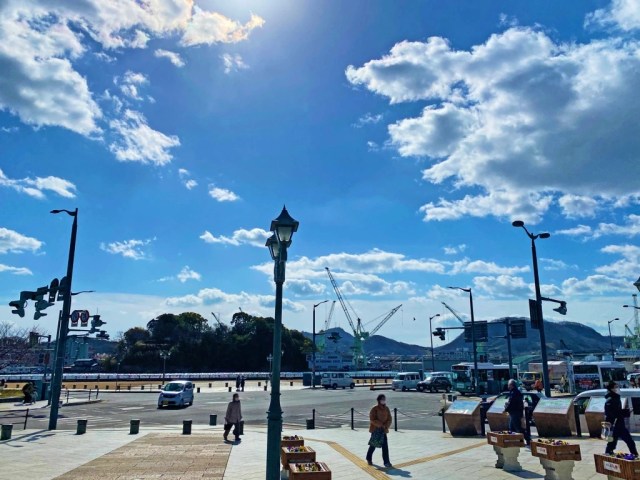
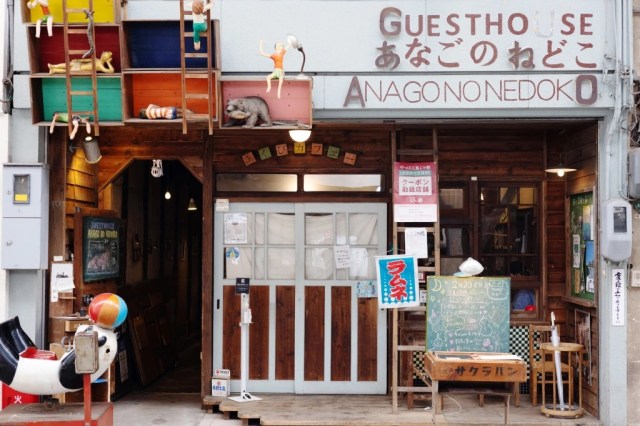
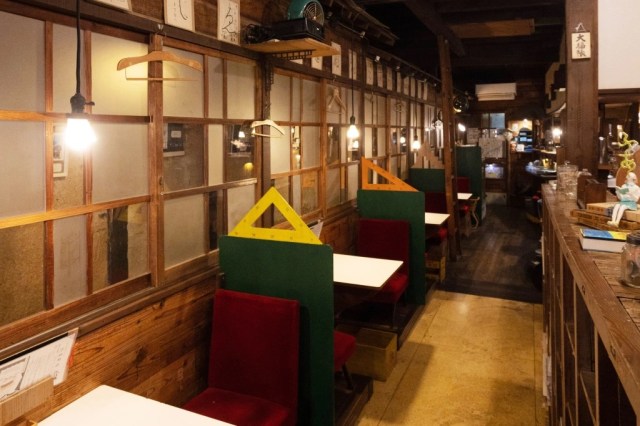
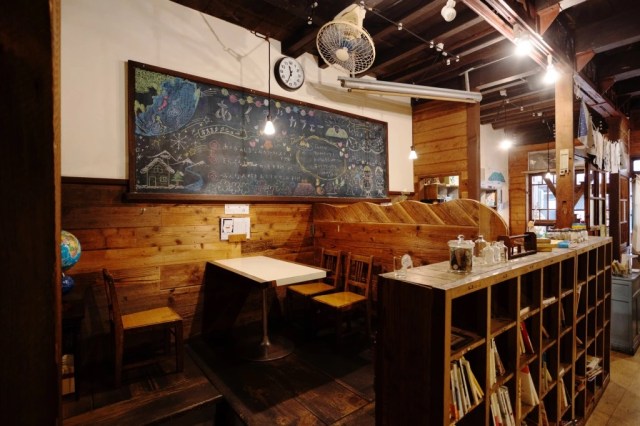
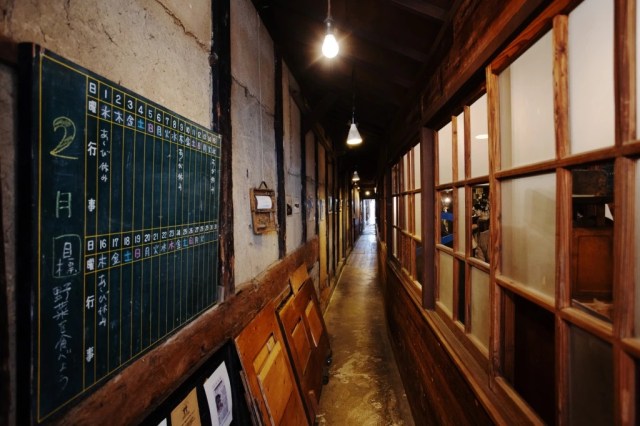
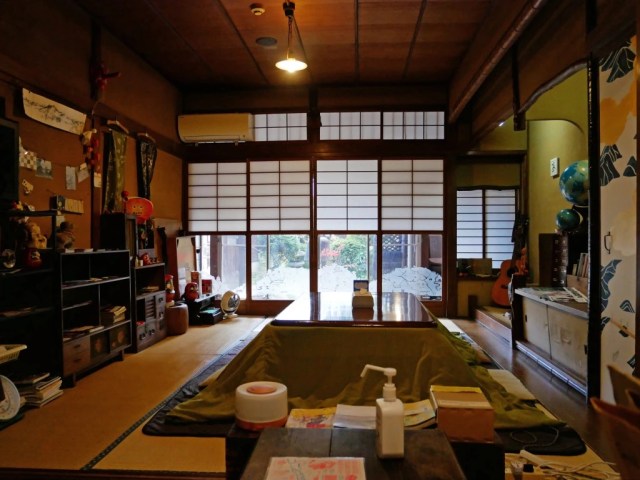
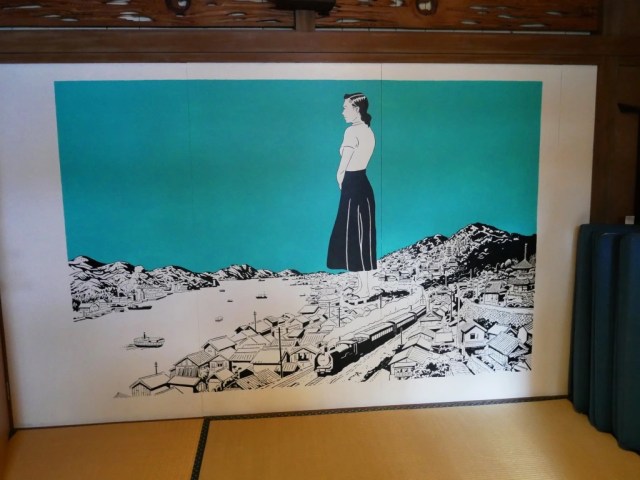
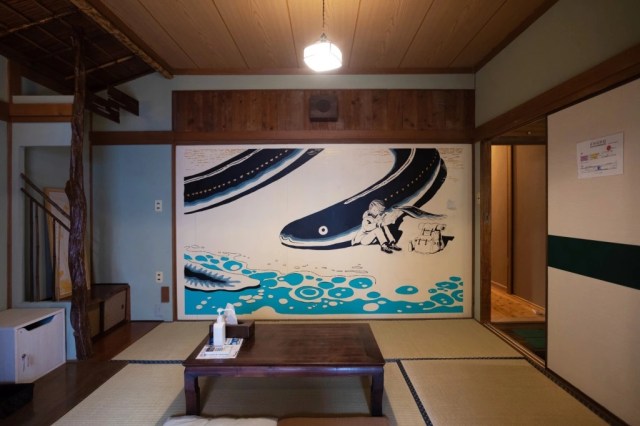
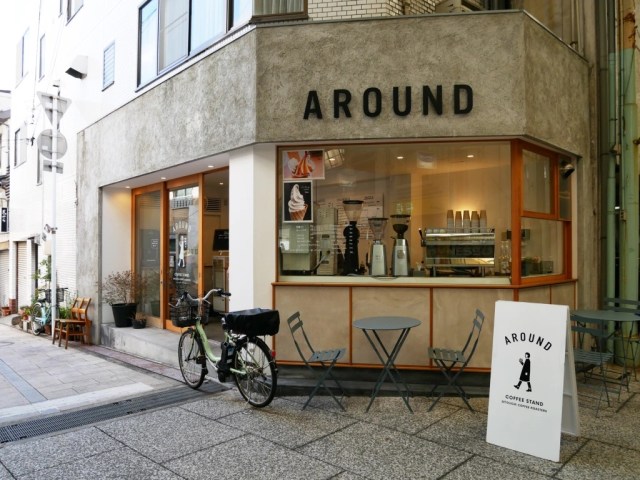
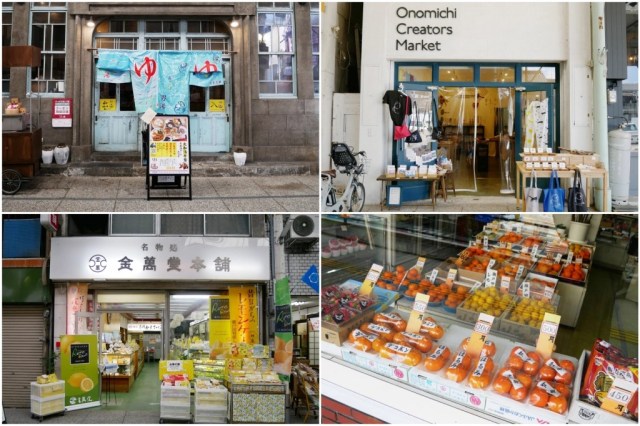
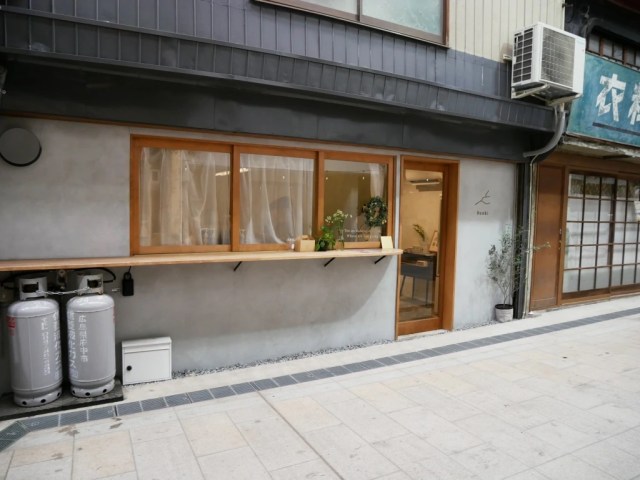
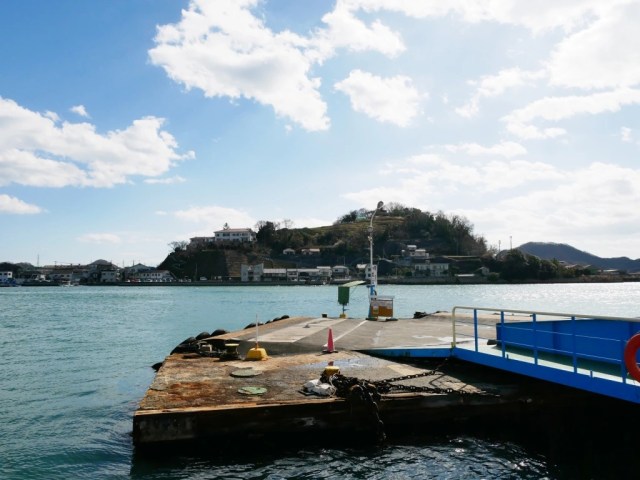
 Japanese town’s Cat Street View lets you virtually tour its backstreets, meet feline residents
Japanese town’s Cat Street View lets you virtually tour its backstreets, meet feline residents Stay in Love Live! Sunshine!!’s Mari’s glamorous room, relax like an anime schoolgirl idol
Stay in Love Live! Sunshine!!’s Mari’s glamorous room, relax like an anime schoolgirl idol SoraReview: Mary and the Witch’s Flower, the newest anime from Studio Ghibli director Yonebayashi
SoraReview: Mary and the Witch’s Flower, the newest anime from Studio Ghibli director Yonebayashi Tidying expert Maire Kondo teams up with budget store 3Coins for a home organization line
Tidying expert Maire Kondo teams up with budget store 3Coins for a home organization line The cheapest place to stay in Kyoto cost us just 1,800 yen for the night, and it was awesome
The cheapest place to stay in Kyoto cost us just 1,800 yen for the night, and it was awesome How to order snacks on a Shinkansen bullet train in Japan
How to order snacks on a Shinkansen bullet train in Japan Burger King Japan suddenly adds Dr. Pepper and Dr. Pepper floats to its menu nationwide
Burger King Japan suddenly adds Dr. Pepper and Dr. Pepper floats to its menu nationwide Demon Slayer: Kimetsu no Yaiba gets new roller coaster attractions and food at Universal Studios Japan
Demon Slayer: Kimetsu no Yaiba gets new roller coaster attractions and food at Universal Studios Japan Japan’s new difficult-to-drink-from beer glass protects your liver, but it’s a brutal experience
Japan’s new difficult-to-drink-from beer glass protects your liver, but it’s a brutal experience Hello, cosmetics! Clinique teams up with Hello Kitty this summer for first-time collaboration
Hello, cosmetics! Clinique teams up with Hello Kitty this summer for first-time collaboration Nintendo history you can feel – Super NES, N64, and GameCube controllers become capsule toys
Nintendo history you can feel – Super NES, N64, and GameCube controllers become capsule toys Studio Ghibli releases Ponyo donburi bowl to bring anime ramen to life
Studio Ghibli releases Ponyo donburi bowl to bring anime ramen to life A visit to the best UFO catcher arcade in the universe!
A visit to the best UFO catcher arcade in the universe! New samurai glasses are Japan’s latest weird must-have souvenir
New samurai glasses are Japan’s latest weird must-have souvenir New Japanese banknotes selling online for up to 40 times original value
New Japanese banknotes selling online for up to 40 times original value “The most Delicious Cup Noodle in history” – Japan’s French Cup Noodle wins our heart【Taste test】
“The most Delicious Cup Noodle in history” – Japan’s French Cup Noodle wins our heart【Taste test】 Starbucks releases a cute Frappuccino and Unicorn Cake…but not in Japan
Starbucks releases a cute Frappuccino and Unicorn Cake…but not in Japan Kyoto Tower mascot termination reveals dark side behind cute Japanese characters
Kyoto Tower mascot termination reveals dark side behind cute Japanese characters McDonald’s Japan’s Soft Twist Tower: A phantom ice cream only sold at select branches
McDonald’s Japan’s Soft Twist Tower: A phantom ice cream only sold at select branches Yabai Ramen: What makes this Japanese ramen so dangerous?
Yabai Ramen: What makes this Japanese ramen so dangerous? Finally! Nintendo Japan expands Switch 8-bit controller sales to everybody, Online member or not
Finally! Nintendo Japan expands Switch 8-bit controller sales to everybody, Online member or not Japanese government wants to build luxury resorts in all national parks for foreign tourists
Japanese government wants to build luxury resorts in all national parks for foreign tourists To combat declining birth rate, Japan to begin offering “Breeding Visas” to foreigners
To combat declining birth rate, Japan to begin offering “Breeding Visas” to foreigners 10 things you should buy at 7-Eleven in Japan
10 things you should buy at 7-Eleven in Japan Studio Ghibli releases anime heroine cosplay dresses that are super comfy to wear
Studio Ghibli releases anime heroine cosplay dresses that are super comfy to wear Woman charged for driving suitcase without a license in Osaka
Woman charged for driving suitcase without a license in Osaka Studio Ghibli unveils My Neighbour Totoro miniature house model
Studio Ghibli unveils My Neighbour Totoro miniature house model Kyoto experiencing problems with foreign tourists not paying for bus fares, but not on purpose
Kyoto experiencing problems with foreign tourists not paying for bus fares, but not on purpose Fighting mild hunger with a Japanese soda that turns into jelly in the stomach【Taste test】
Fighting mild hunger with a Japanese soda that turns into jelly in the stomach【Taste test】 Studio Ghibli’s Howl’s Moving Castle tapestry unveiled in Japan for first time
Studio Ghibli’s Howl’s Moving Castle tapestry unveiled in Japan for first time McDonald’s new Happy Meals offer up cute and practical Sanrio lifestyle goods
McDonald’s new Happy Meals offer up cute and practical Sanrio lifestyle goods Sales of Japan’s most convenient train ticket/shopping payment cards suspended indefinitely
Sales of Japan’s most convenient train ticket/shopping payment cards suspended indefinitely Sold-out Studio Ghibli desktop humidifiers are back so Totoro can help you through the dry season
Sold-out Studio Ghibli desktop humidifiers are back so Totoro can help you through the dry season Japanese government to make first change to romanization spelling rules since the 1950s
Japanese government to make first change to romanization spelling rules since the 1950s Foreigner’s request for help in Tokyo makes us sad for the state of society
Foreigner’s request for help in Tokyo makes us sad for the state of society Ghibli founders Toshio Suzuki and Hayao Miyazaki contribute to Japanese whisky Totoro label design
Ghibli founders Toshio Suzuki and Hayao Miyazaki contribute to Japanese whisky Totoro label design Doraemon found buried at sea as scene from 1993 anime becomes real life【Photos】
Doraemon found buried at sea as scene from 1993 anime becomes real life【Photos】 Tokyo’s most famous Starbucks is closed
Tokyo’s most famous Starbucks is closed Princesses, fruits, and blacksmiths: Study reveals the 30 most unusual family names in Japan
Princesses, fruits, and blacksmiths: Study reveals the 30 most unusual family names in Japan New Hiroshima guest house is expressly designed to feel like staying in a submarine
New Hiroshima guest house is expressly designed to feel like staying in a submarine “The meanest dog in Japan” returns with all new rejections 【Video】
“The meanest dog in Japan” returns with all new rejections 【Video】 Magical, Hogwarts-inspired interior makes this inn a must-stay for your next Japan trip
Magical, Hogwarts-inspired interior makes this inn a must-stay for your next Japan trip Soup not soap: Japanese public bathhouses surviving by converting into retro-chic cafés
Soup not soap: Japanese public bathhouses surviving by converting into retro-chic cafés “Tidying up” master Marie Kondo sparks controversy, not joy, by opening online knick-knack shop
“Tidying up” master Marie Kondo sparks controversy, not joy, by opening online knick-knack shop What happens when a single woman joins a Japanese host club bus tour around Tokyo?
What happens when a single woman joins a Japanese host club bus tour around Tokyo? Japanese company proposes Marie Kondo as mascot for new “Spark Joy” police taser weapons
Japanese company proposes Marie Kondo as mascot for new “Spark Joy” police taser weapons We joined the 10,000 otaku who recently congregated in Madrid for Japan Weekend
We joined the 10,000 otaku who recently congregated in Madrid for Japan Weekend How to pick out the best anago eel and other things we learned at the anago processing center
How to pick out the best anago eel and other things we learned at the anago processing center The world of the future, according to North Korean architect
The world of the future, according to North Korean architect Japanese homebuilder offers virtual reality tour of your new home while you’re still designing it
Japanese homebuilder offers virtual reality tour of your new home while you’re still designing it Japan Railways offering ‘Shinkansen for Pets’, includes dog-friendly vacation packages
Japan Railways offering ‘Shinkansen for Pets’, includes dog-friendly vacation packages Reports of the death of Tokyo’s Daikanyama neighborhood have been greatly exaggerated
Reports of the death of Tokyo’s Daikanyama neighborhood have been greatly exaggerated Osaka’s Hotel Games isn’t just full of board games, it is a game!
Osaka’s Hotel Games isn’t just full of board games, it is a game! Detective Conan collaborative cafés to open across Japan, will serve drug that turned Conan tiny
Detective Conan collaborative cafés to open across Japan, will serve drug that turned Conan tiny
Leave a Reply